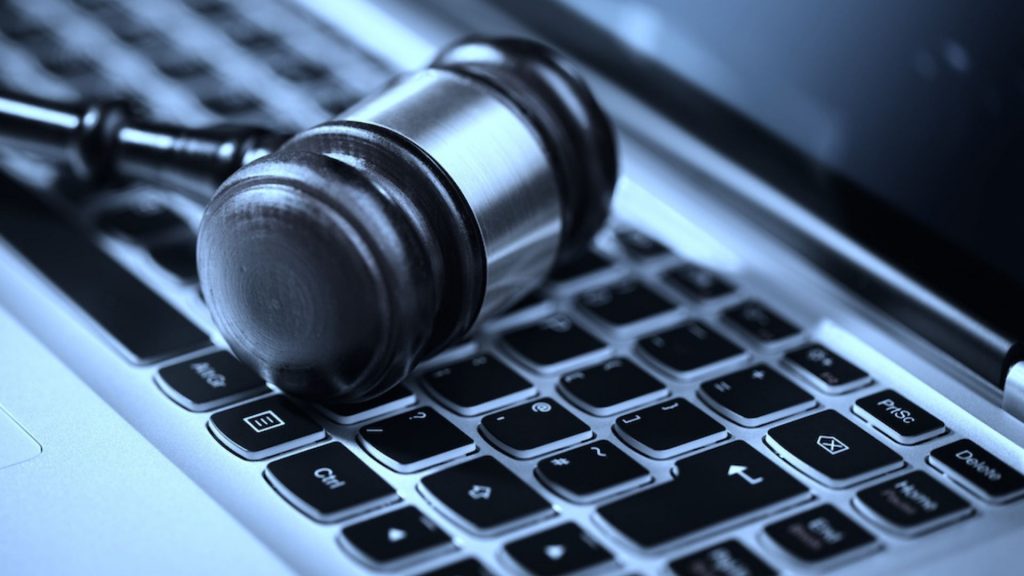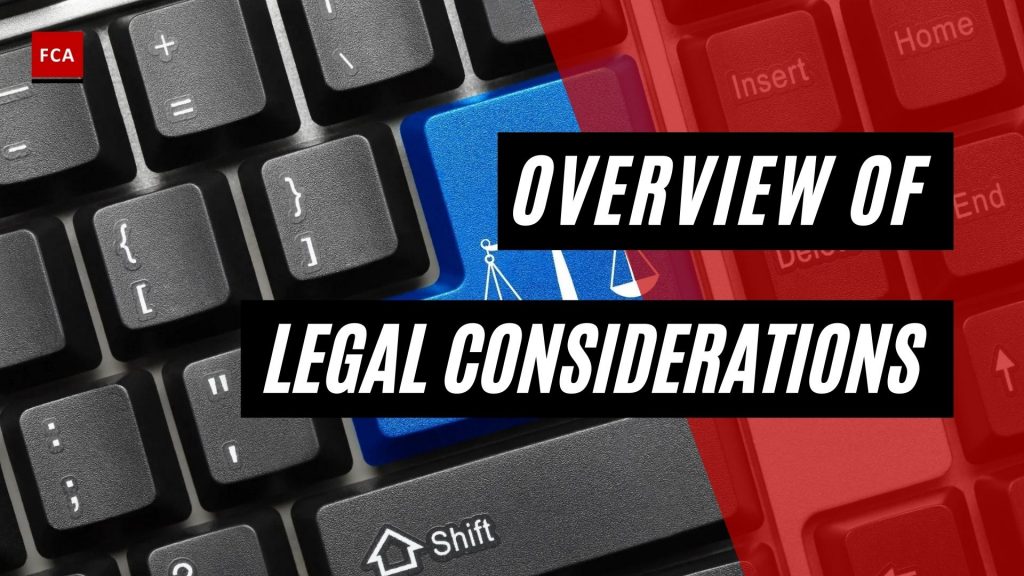Overview of legal considerations. Corporate laws in most jurisdictions require companies to put together special committees of their board of directors and to call outside counsel to conduct internal investigations, prepare reports of the findings, and uncover the reports from the investigation to the regulatory bodies.

Overview Of Legal Considerations
Voluntary disclosure programs are also being promoted in most jurisdictions as an enforcement mechanism. These programs reward companies that show response to the reports of misconduct by beginning internal investigations and uncovering their results to regulators, with reductions in sanctions.
Corporations and regulated entities often have legal obligations to carry out independent investigations depending on the instances of the alleged wrongdoing. Additionally, attorneys appearing before or practicing before the regulatory bodies must report certain material violations of securities laws or breaches of fiduciary duties “up the ladder” to senior management and/or the company’s board, creating additional pressure on management to act.
Financial services firms like broker-dealers and investment advisers who are controlled by regulations may have obligations to self-report violations of law and the regulators. In derivative lawsuits brought on behalf of corporations by shareholders, corporations may be required by courts to conduct an independent investigation of alleged misconduct, often by establishing a special litigation committee of the board of directors.
Such an investigation may be validated for corporate directors to satisfy their duty of care. Moreover, in situations involving potential fraud or material misstatement in a company’s financial statements, an internal investigation could be a prerequisite for the company’s outside auditors to continue to perform the company’s auditor, where new auditors are necessitated, or for successor auditors agreeing to undertake the audit engagement.
Conducting a thorough internal investigation can be crucial in responding to whistleblower complaints. To that end, the regulatory bodies will usually assess whether the whistleblower participated in internal compliance systems, unreasonably delayed reporting the securities violations, or undermined the integrity of the company’s internal compliance systems.
Demonstrative And Substantive Evidence
Photographs, models, charts, and visual aids are commonly used to assist witnesses in explaining what they saw at the scene when the scene is in its original, as found condition.
Physical evidence collected at the scene and brought into the courtroom where the item itself can be shown to the jury is known as substantive evidence. When physical evidence cannot be brought into the courtroom for one reason or another, a photograph can become substantive evidence.
Before photos can be admitted into evidence, the prosecutor must lay a foundation, whether demonstrative or substantive. The defense has the opportunity to challenge the photos’ authenticity, relevance, and probative value before they are shown to the jury. Before the photo can be shown to the jury, the judge must decide whether it is relevant to the matter at hand and not unduly prejudicial.
Final Thoughts
Forensics is the scientific discipline concerned with the investigation and prosecution of criminal offenses. It demonstrates how an investigator gathers, documents, and analyzes all facts related to the crime. The investigator’s most important task is to gather as many pieces of evidence as possible that relate to a criminal offense.
They are most commonly found at the scene of criminal events and are referred to as physical evidence in technical terms. Based on these hypotheses that link one fact to another, we arrive at the theory that explains the nature of the criminal acts. Forensic evidence of crimes is a highly complex transaction with the ultimate goal of proving or disproving the offense and locating the perpetrators.








